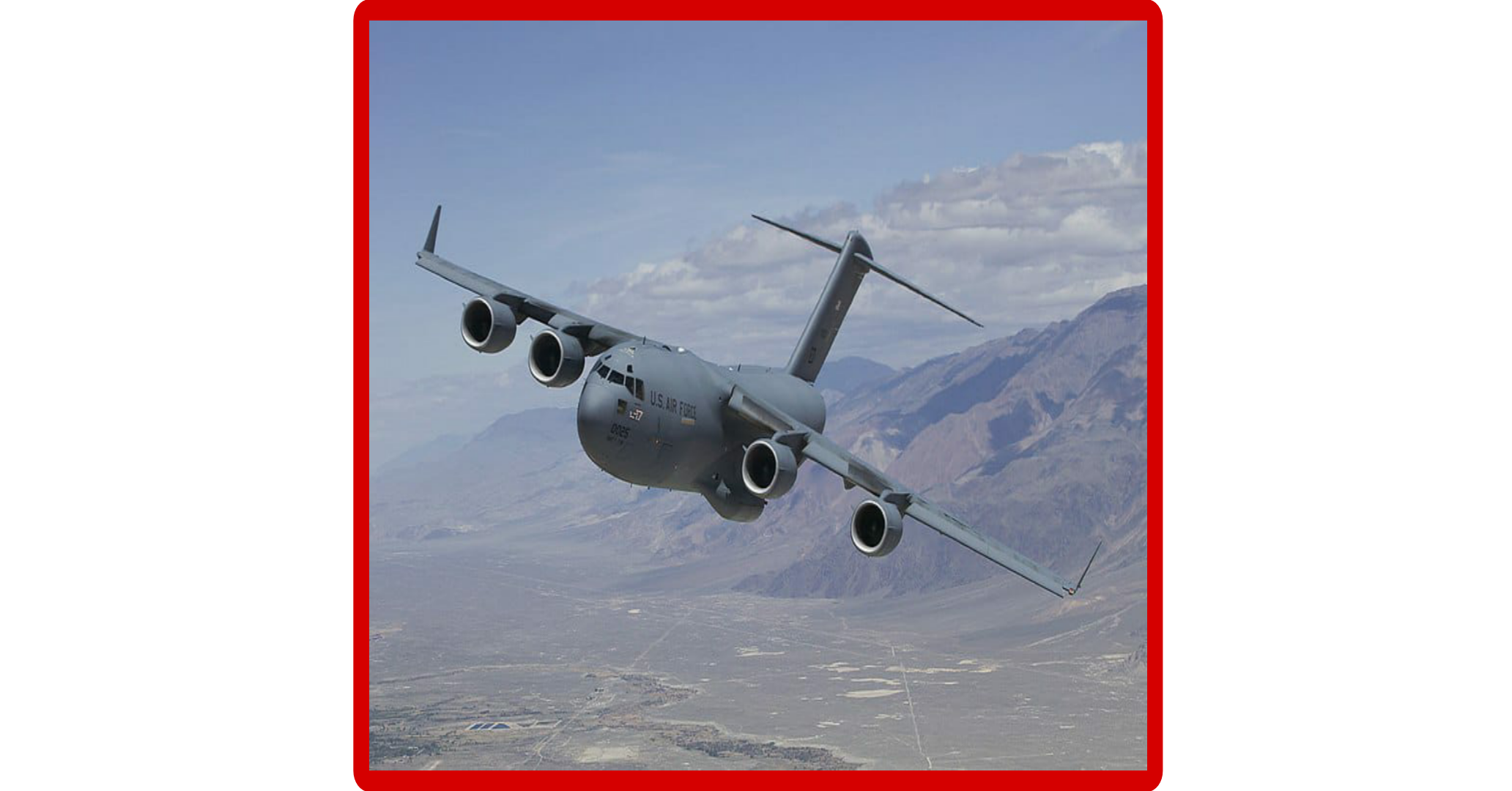Turboprop Flight: An Efficient and Versatile Air Travel Option
When it comes to air travel, most people think of jet engines and commercial airliners. However, there is another type of aircraft that offers a unique flying experience: the turboprop.
Combining the reliability of jet engines with the efficiency and versatility of propellers, turboprop aircraft have gained popularity in recent years. In this article, we will explore the world of turboprop flight and highlight its advantages and applications.
Understanding Turboprop Engines:
Turboprop engines are a hybrid of jet engines and traditional piston engines. They work by using a jet turbine to generate power, which is then transferred to a propeller system.
Unlike jet engines, which provide thrust solely from the exhaust gases, turboprops use the rotational force of the propeller blades to generate forward motion. This design offers several advantages, including fuel efficiency and lower operating costs.
Fuel Efficiency and Range:
One of the significant advantages of turboprop aircraft is their exceptional fuel efficiency. The propeller system allows for slower cruising speeds, which reduces fuel consumption compared to jet engines. This efficiency is particularly beneficial for shorter regional flights and remote destinations with limited infrastructure.
Turboprops are known for their extended range capabilities, making them ideal for reaching destinations not easily accessible by larger aircraft.
Versatility and Short-Field Performance:
Turboprop aircraft excel in their ability to operate from short runways and airports with limited infrastructure. The combination of powerful engines and efficient propellers enables turboprops to take off and land on shorter runways, providing access to a broader range of destinations.
This versatility is especially valuable in regions with remote or challenging terrain, such as mountainous areas or islands, where traditional jets may not be able to operate.
Comfort and Cabin Space:
Despite the misconceptions surrounding turboprops, modern models offer comfortable and spacious cabins. With advancements in technology, noise and vibration levels have been significantly reduced, providing a pleasant in-flight experience for passengers.
Additionally, the configuration of turboprop aircraft allows for flexible cabin layouts, making them suitable for various purposes, including corporate travel, medical evacuations, and cargo transportation.
Cost-Effectiveness:
Turboprop aircraft are known for their cost-effectiveness, making them an attractive option for both commercial and private operators. The lower operating costs, coupled with the ability to access smaller airports and shorter runways, contribute to reduced landing fees and increased operational flexibility. This affordability makes turboprop flight an appealing choice for regional airlines, charter companies, and businesses looking for efficient transportation solutions.
Applications of Turboprops:
Turboprop aircraft have a wide range of applications across different industries. They are commonly used for regional air travel, connecting smaller cities and towns to major hubs. Additionally, turboprops play a crucial role in medical evacuations, providing quick and efficient transportation for patients in remote areas.
Cargo operators also rely on turboprops to transport goods to locations with limited infrastructure. Furthermore, turboprops are popular choices for corporate travel, offering privacy, flexibility, and cost-effectiveness for business executives.
In conclusion, turboprop flight offers a compelling alternative to traditional jet travel. With their fuel efficiency, versatility, and cost-effectiveness, turboprops are becoming increasingly popular in the aviation industry.
Whether it’s for regional air travel, cargo transportation, or corporate trips, turboprops provide an efficient and reliable means of transportation. So, the next time you’re considering air travel, don’t overlook the advantages of turboprop flight.



